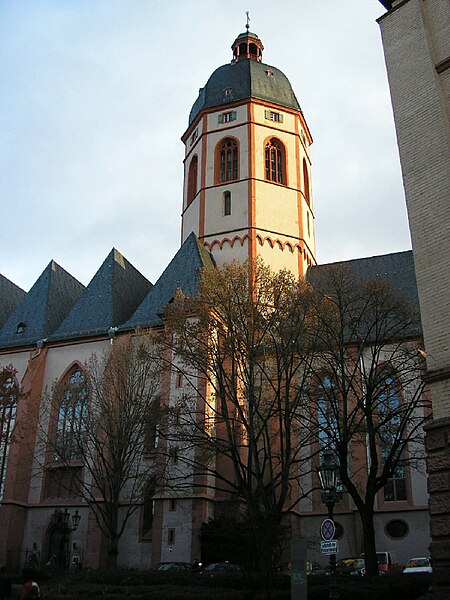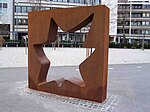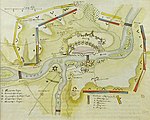St. Stephan, Mainz
10th-century churches in Germany14th-century Roman Catholic church buildings in Germany990Collegiate churches in GermanyGothic hall churches in Germany ... and 2 more
Roman Catholic churches in MainzRomanesque architecture in Germany

The Collegiate Church of St. Stephan, known in German as St. Stephan zu Mainz, is a Gothic hall collegiate church located in the German city of Mainz. It is known for windows created by Marc Chagall.
Excerpt from the Wikipedia article St. Stephan, Mainz (License: CC BY-SA 3.0, Authors, Images).St. Stephan, Mainz
Stefansplatz, Mainz Altstadt
Geographical coordinates (GPS) Address Website External links Nearby Places Show on map
Geographical coordinates (GPS)
| Latitude | Longitude |
|---|---|
| N 49.995555555556 ° | E 8.2686111111111 ° |
Address
St. Stephan
Stefansplatz
55116 Mainz, Altstadt
Rhineland-Palatinate, Germany
Open on Google Maps











